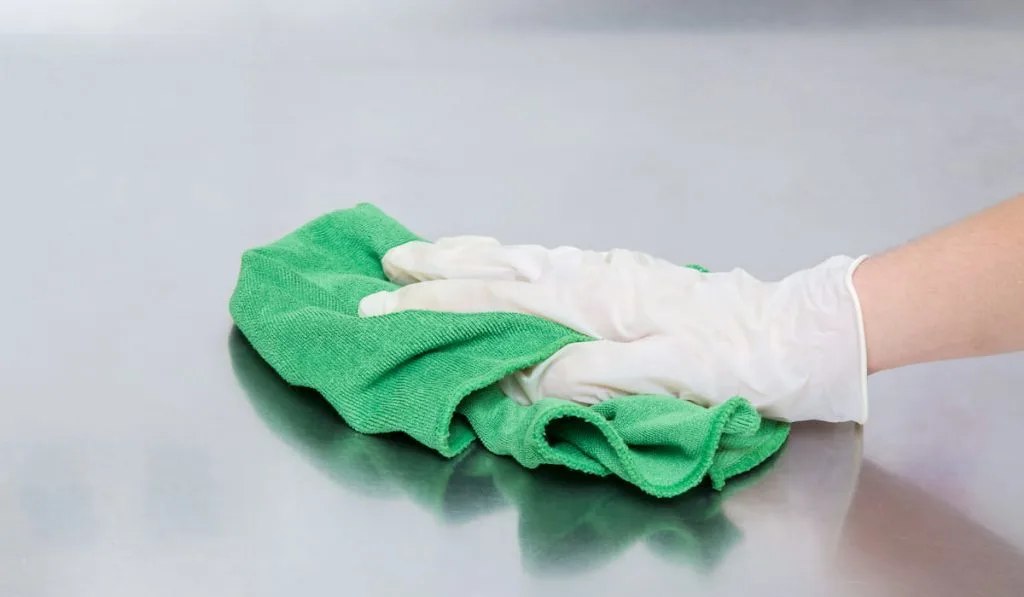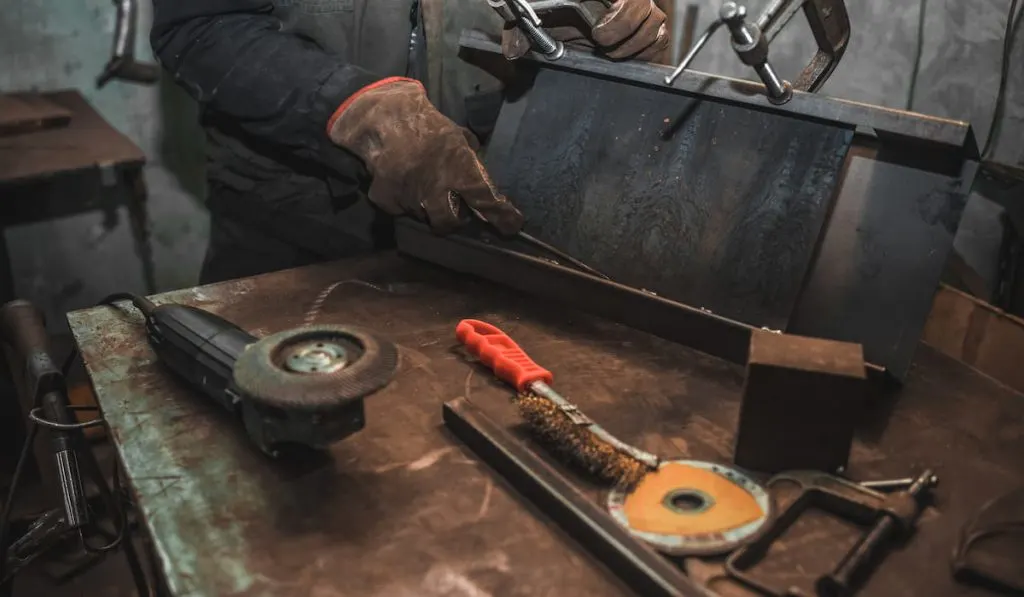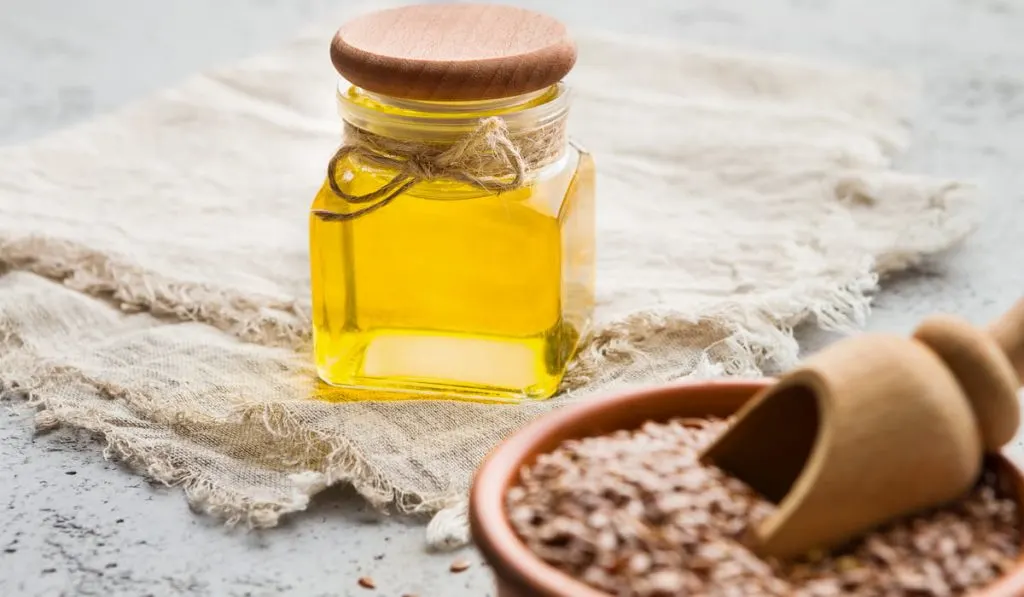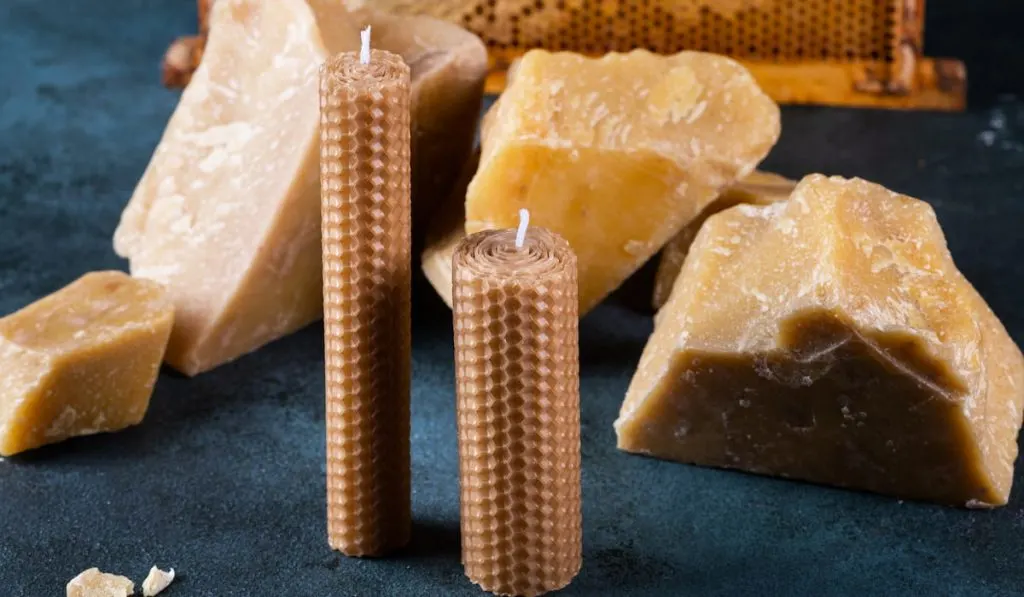*This post may have affiliate links, which means I may receive commissions if you choose to purchase through links I provide (at no extra cost to you). As an Amazon Associate I earn from qualifying purchases. Please read my disclaimer for additional details..
If you have bare steel or iron, you need to keep it clean and dry to prevent it from rusting. What if there’s a way to blacken it so that it remains beautiful and does not rust after a long time? Do you know that you can blacken steel with beeswax?

Table of Contents
Blackening Steel
Many people blacken steel because they love black surfaces (as in the color). Others do so to help prevent rusting.
Many people think that blackening steel is an industrial process and cannot be done at home. Well, this article will teach you a home-safe technique of blackening steel using beeswax.
Why Blacken Steel?
Here are great reasons you should blacken steel:
- Prevention of Rust Due to Corrosion: Corrosion is the gradual process of damaging metals. When steel is blackened, it does not make steel to become corrosion-resistant, but it helps prevent steel from corroding for a longer period.
- Uniform Thickness: Other ways to prevent metals from corroding is by painting or coating with chemicals. While these chemicals are very effective, there is no uniform thickness on the surface of the steel, which can make some parts of the steel more vulnerable to corrosion than others. The process of blackening steel (as will be described in this article) gives a uniform thickness to the surface of the steel.
- Aesthetics: Blackened steel is more beautiful than normal steel. What’s more, when other steel becomes rusted or corroded, blackened steel is still beautiful.
With the reasons above, you’d surely want to blacken your steel, right? Well, you should. Blackening steel is easy. It’s time to learn how to blacken steel with beeswax.
How to Blacken Steel with Beeswax
Beeswax is a natural wax that is formed by bees. In the hive, beeswax is used as a honeycomb. We have many uses for beeswax in general, but today we will focus on blackening steel with beeswax.
It is easy to blacken steel with beeswax. Follow the procedure below:

1. Clean the Steel
You should make sure that the steel is sparkling clean.
Use chemicals like methyl ethyl ketone, isopropyl alcohol, ethanol, etc. that will fully evaporate and leave the steel dry. Make sure that the steel is fully clean and dry before moving to the next step.
2. Heat the Steal
This is the first time you will heat the steel. To heat the steel, you can use an oven or a torch. According to the size of the steel, you can even use a toaster. Torches are great for large steel items.
You should heat the steel to around 400° F (204° C) for best results. You’ll know that you have reached 400° F when the color of the steel starts to change to a light-brownish color (just like hay or straw).
Are you not sure about the temperature of your heated steel? This color chart can help you to know the temperature of your steel based on its color.
Note that smaller and thinner pieces of steel will heat up faster than larger ones.
Is the steel hot enough? Move on to the next step.

3. Apply the Beeswax
First of all, you should melt the beeswax by heating it up. You should use 100% cotton to apply the beeswax to the surface of the steel. If you use a piece of synthetic cloth, it might melt and destroy your work.
You should apply the beeswax evenly on the surface of the metal. Do not leave any part untouched by the liquid beeswax.
Can you drench the steel or fully submerge it into the liquid beeswax?
Well, you can if you want, but that will be overkill because even the thinnest layer of beeswax on the surface of the steel can get the job done.
To make sure that the beeswax is spread evenly across the metal, go to the next step:
4. Heat the Steel Again
You should heat the steel again, but this time you should use an oven. An oven is more effective than a torch because ovens will heat your steel evenly.
The reason for heating the steel coated with beeswax is so that the liquid beeswax can easily penetrate small holes and spaces on the steel. Heating the steel a second time also allows excess beeswax to drip off, providing a uniform steel surface.
You should heat the steel to 425° F (218° C) for 30 minutes.
5. Allow the Steel to Cool
You should allow the steel to cool off slowly. Do not dip the steel in cool water to quicken the process.
Just leave it outside or in a room with proper ventilation. By the time your steel cools, you’ll find a blackened masterpiece.

Some Precautions to Consider when Blackening Steel
Please take note of the following:
- Your Safety: Heating steel and beeswax can emit gases that you should not exhale. You should blacken your steel outside or in a well-ventilated room. Also, use hand gloves when working with melted beeswax because it can burn your hands. Using bare hands to apply beeswax on the surface of the steel can create fingerprints and other marks on the steel.
- Coated Steel May Not Blacken: If the steel is coated, it will not blacken. You can only blacken bare steel and iron. If you must blacken coated steel, you must first remove every coating from the surface.
Make sure that you follow the tips above. Are there other ways to blacken steel? Continue reading.
Other Materials Used to Blacken Steel
Here are other materials that you can use to blacken steel:
1. Black Oxide
Black oxide is a very popular chemical used in many industries. Most blackened steels are blackened with black oxide, but many people do not know that black oxide can be used at home.
Black oxide can change the color of your steel to dull or sharp black (like charcoal). What’s more, it does not interfere with the thickness of steel, so you can use black oxide for nuts, screws, etc.
The black-oxide kit available for home use is not as powerful as the industrial kit, so you should make sure that the kit you decide to buy can blacken the steel of your choice.
You can buy a black oxide kit online or in metalwork shops. Make sure that you follow the instructions that come with the kit.

2. Oil
Any kind of oil can be used. Some people even use old motor oil, but it has a lot of impurities that can spoil the process of blackening steel. I recommend using linseed oil for the best result.
When using linseed soil, follow the same process as in blackening steel with beeswax, but in the second heating stage, you should heat the metal to 400° F, not 425° F.
3. Mixing Beeswax with Linseed Oil
It is completely fine to use pure beeswax, but for finer blackened steel, consider mixing the beeswax with linseed oil.
When mixing beeswax and linseed soil, mix two-part beeswax with one-part linseed oil and then evenly mix and heat up the mixture.
Linseed oil helps thin out the beeswax. This means that with linseed soil, your beeswax will easily penetrate smaller holes and spaces on the surface of your steel.
When you have evenly mixed the appropriate ratio of beeswax and linseed soil, follow the same steps as in the process of blackening steel with absolute beeswax.
Do you want to know other uses of beeswax? Continue reading.
Other Uses of Beeswax
Here are more cool uses of beeswax.
1. Wraps (Alternatives to Plastics)
Beeswax wraps are fabrics (usually cotton) that are lined with food-grade beeswax, rosin, and oil such as coconut oil or jojoba oil. Beeswax wraps are sustainable alternatives to plastics because they are biodegradable.
You can use beeswax wraps for a year until they lose their grip. Instead of throwing your used beeswax wraps into the bin, you can compost them. Awesome, right?

2. Candles
Remember that beeswax is a simple wax made by bees. Beeswax can be used to make candles. There are even scented candles made with beeswax.
When you burn a beeswax candle, look at it like you are burning the sun in your home (because bees produce beeswax from honey which they produce from plants that photosynthesize using energy from the sun).
3. Encaustic Art
Encaustic art is a form of art that involves the use of melted beeswax to make paintings or sculptures on surfaces (usually wooden). Pigments can be added to the wax for beautiful colors and it can also be moldable when heated to form beautiful structures.
Encaustic art is quite unique.
4. Cosmetics
Beeswax is sometimes used as an ingredient in soaps, lotions, and creams. Beeswax can trap your skin’s moisture, so you can use it to prevent your skin from dehydrating. When the right amount of beeswax is used in lotion, you can have glowing skin.
Beeswax can also be used in beard oil and hair cream to make hair and beard look shiny. Awesome, right?
5. Shine Surfaces
You can use beeswax to make surfaces look shiny. Just mix beeswax with linseed oil (equal proportion) and then pour a little (a few drops) of the heated mixture on the surface you want to shine.
Use cotton to evenly spread the beeswax-linseed oil mixture on the surface and see how shiny it’ll become.
Now you know that bees do not just give us honey, they give us beeswax that has proven to be so useful. Bees are awesome insects, right?
Related Questions and Answers
Have any questions? Here are a few questions that you might ask and their answers:
1. Why Does Your Blackened Steel Look Blotchy?
If your blackened steel looks blotchy and does not have a smooth feel, it is due to an error in the cleaning stage. Did you clean your steal with water? Did you dry it with a rag?
If you fail to use chemicals such as methyl ethyl ketone, isopropyl alcohol, ethanol, etc. that can fully evaporate, your steel may look blotchy when you are done.
Hammer-forged steel might look and feel blotchy because that is the way it was before you blackened it. Smoothly ground or machined steel, however, should not look blotchy after blackening it.

2. Does Blackened Steel Rust?
If kept properly (for example, by sealing it), blackened steel will not rust, but if it is exposed to rain and other harsh environmental conditions, it will rust.
Exposure to water and other conditions can scrape off the layer of beeswax and make the steel surface vulnerable to rusting.
3. How Long Does Beeswax Last and How Do You Dispose of It?
Beeswax on its own can last for years. Beeswax in products such as in beeswax wraps, lotions, and other products, however, will not last for long because of the other organic ingredients used.
You can easily dispose of beeswax blocks and wraps by composting or by burying them in your garden soil. To dispose of other products made with beeswax, follow the instructions that come with the products.
Has your question been answered?
Final Thoughts
You should blacken your steel with beeswax. Blackening steel with beeswax is completely safe and easy (make sure you follow the safety precautions and tips available). What else will you use beeswax for after knowing many of its uses?
Resources
- https://www.mmsonline.com/articles/do-it-yourself-cold-blackening
- https://makeitfrommetal.com/how-to-blacken-steel-with-beeswax-at-home/
- https://wellnessmama.com/124235/beeswax-uses/
- https://www.thebarefootforge.com/blog/2020/3/4/how-to-finish-steel-objects-making-them-black-and-water-resistant
- https://www.traditionalbuilding.com/product-report/methods-for-metal-finishes
